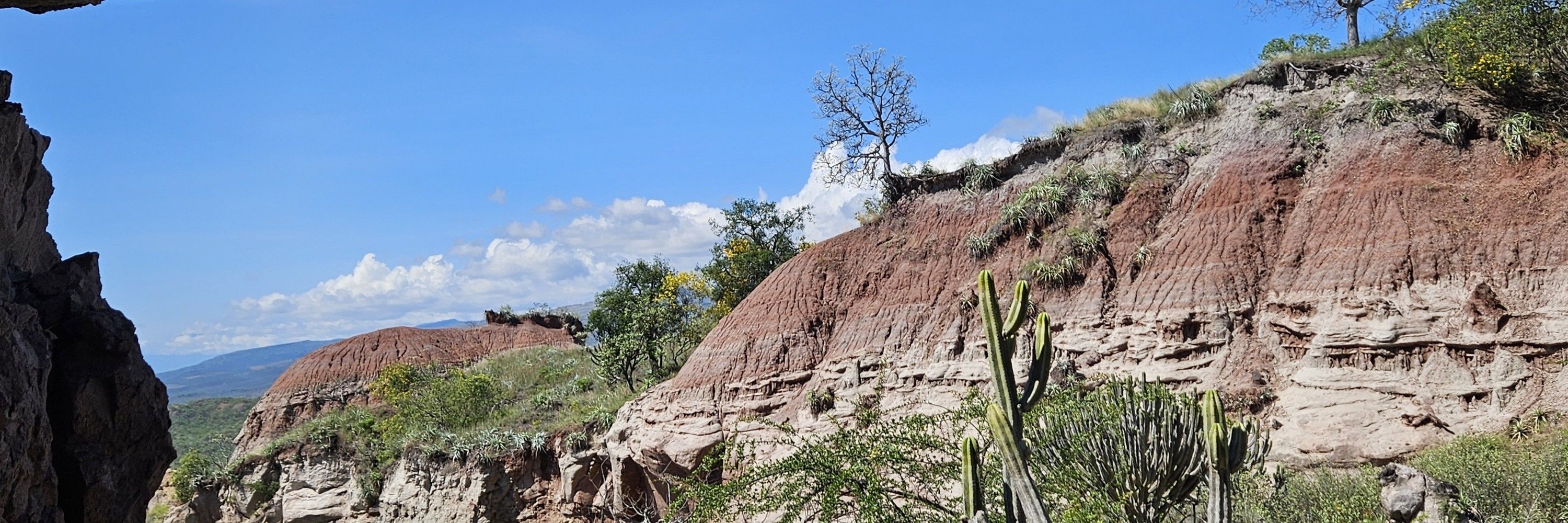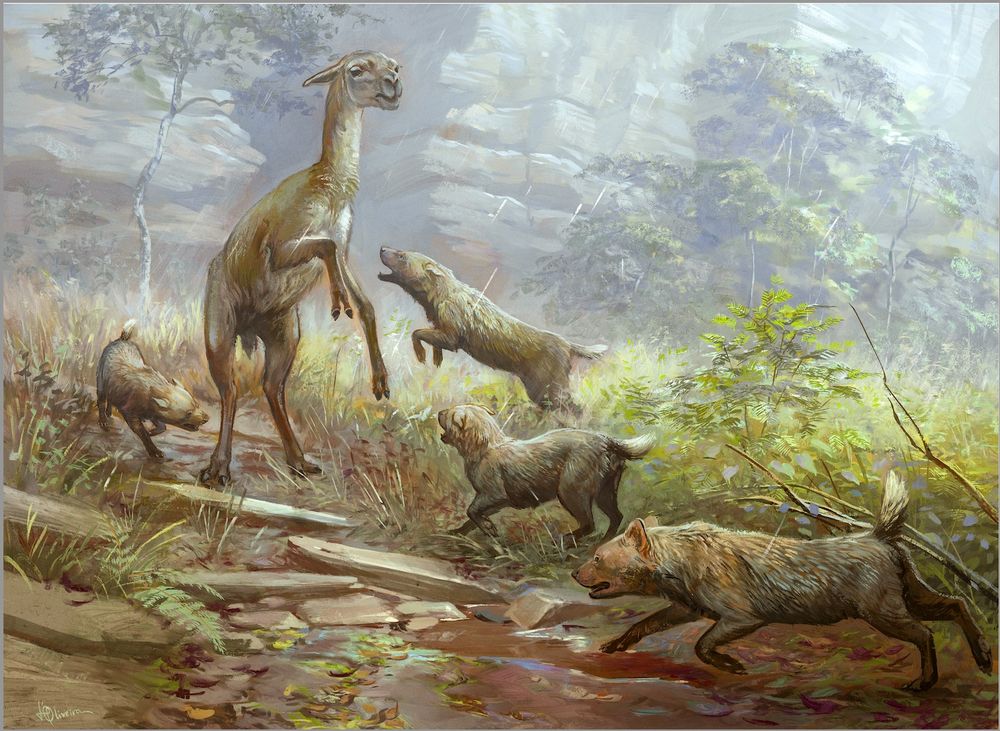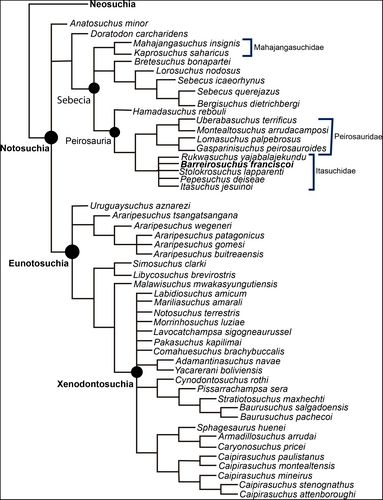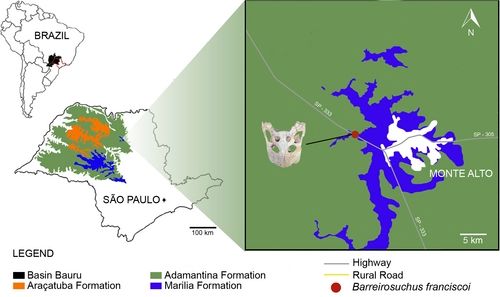
https://www.macropaleolab.com/











So incredible to watch our undergrad students from the lab shine in front of such a knowledgeable audience at @cpeg-cpb25.bsky.social. They absolutely crushed it and I couldn’t be prouder!
@fernandalandim.bsky.social, Anna Clara Annes, Jorge Silva and Gabriela Karam.




So incredible to watch our undergrad students from the lab shine in front of such a knowledgeable audience at @cpeg-cpb25.bsky.social. They absolutely crushed it and I couldn’t be prouder!
@fernandalandim.bsky.social, Anna Clara Annes, Jorge Silva and Gabriela Karam.
















It showcases the Pleistocene bush dog (Speothos pacivorus) from Brazil, in association with our new paper published in JVP (link below 👇).
tandfonline.com/doi/full/10.10…
Follow the 🧵

It showcases the Pleistocene bush dog (Speothos pacivorus) from Brazil, in association with our new paper published in JVP (link below 👇).
tandfonline.com/doi/full/10.10…
Follow the 🧵















In this new study led by my friend and colleague Thiago Fachini, we reassessed the cranial morphology and phylogenetic position of Barreirosuchus franciscoi, a peirosaurian from the Late Cretaceous of Brazil.
anatomypubs.onlinelibrary.wiley.com/doi/10.1002/...

In this new study led by my friend and colleague Thiago Fachini, we reassessed the cranial morphology and phylogenetic position of Barreirosuchus franciscoi, a peirosaurian from the Late Cretaceous of Brazil.
anatomypubs.onlinelibrary.wiley.com/doi/10.1002/...


🇧🇷 Muito feliz de ter contribuído um pouco para o "evento fundador" da Sociedade brasileira de Biologia Evolutiva!

🇧🇷 Muito feliz de ter contribuído um pouco para o "evento fundador" da Sociedade brasileira de Biologia Evolutiva!
Check out more of his work here on Bluesky: @kadeauxmartins.bsky.social


Check out more of his work here on Bluesky: @kadeauxmartins.bsky.social




www.sciencedirect.com/science/arti...



www.sciencedirect.com/science/arti...

